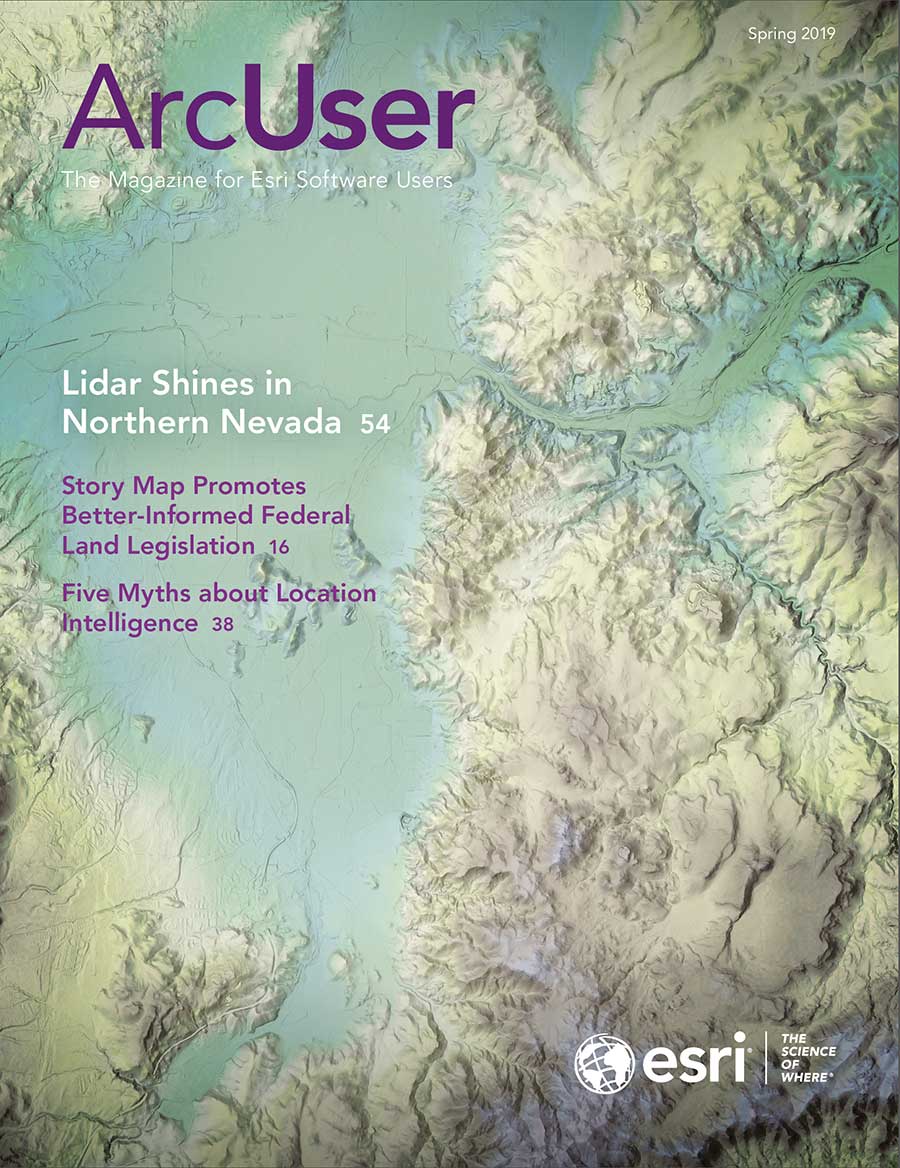A Gentle Introduction to
Spatio-Temporal Statistics
The dynamic nature of our world is being increasingly captured by sensors as big data. Much of this big data can be indexed by its spatial location and time stamp. Spatio-Temporal Statistics with R, by Christopher K. Wikle, Andrew Zammit-Mangion, and Noel Cressie, provides an accessible introduction to analyzing spatio-temporal data using the programming language R.
The format for each of its stand-alone chapters is an explanation of methodology followed by hands-on application of relatively mature models and methodologies. R was chosen because it is open source, has strong community support, and has many packages that can be used for spatio-temporal modeling.
This book assumes that readers have a background in calculus-based probability and inference and are comfortable with basic matrix algebra representations of statistical models. However, to support those with a less robust background in these subjects, technical notes throughout the book provide short reviews of these methods and ideas, and the appendix contains a brief refresher on matrix algebra. The exercises in this book assume prior knowledge of R and familiarity with Tidyverse, a collection of R packages designed for data science. To further aid with the exercises, helpful R tips have been included.
Spatio-Temporal Statistics with R is a down-to-earth and engaging introduction to the topic, rather than a comprehensive book on the subject. More advanced and technically trained readers may wish to look at a previous book on the same subject by authors Wikle and Cressie, Statistics for Spatio-Temporal Data; however, this book does not include software or coding examples.
Since increasing the number of people who are analyzing spatio-temporal data was a fundamental goal of the authors, a PDF of the entire book is available, with support of the book’s print edition publishers. The hardcover edition of this book was published by Chapman and Hall/CRC as part of The R Series in 2019,
ISBN 9781138711136.
Geodatabase Best Practices Using ArcGIS Pro
Focus on Geodatabases in ArcGIS Pro, by David W. Allen, introduces readers to the geodatabase, the comprehensive information model for representing and managing geographic information across the ArcGIS platform. Allen steps readers through the process of creating the logical model, or schema, that is the foundation of a geodatabase; building and populating a geodatabase; extending data formats; creating and editing features; and working with topology. Each chapter includes not only an explanation of concepts but also hands-on, step-by-step tutorials; “Your Turn” sections; and study questions. An independent project reinforces these concepts. Each chapter emphasizes best practices in designing and implementing geodatabases to maximize efficiency and maintain data integrity while minimizing error and frustration.
The author has been working in the GIS field for more than 35 years. For the last 30 years, he has worked for the City of Euless, Texas. He spent 18 years as an adjunct professor at Tarrant County College in Fort Worth, Texas, and now serves as the state director of operations for a volunteer emergency response group, developing databases and templates. Allen is the author of GIS Tutorial 2: Spatial Analysis Workbook (Esri Press 2016) and is a past contributor to ArcUser magazine. Esri Press, 2019, Print ISBN: 9781589484450.

